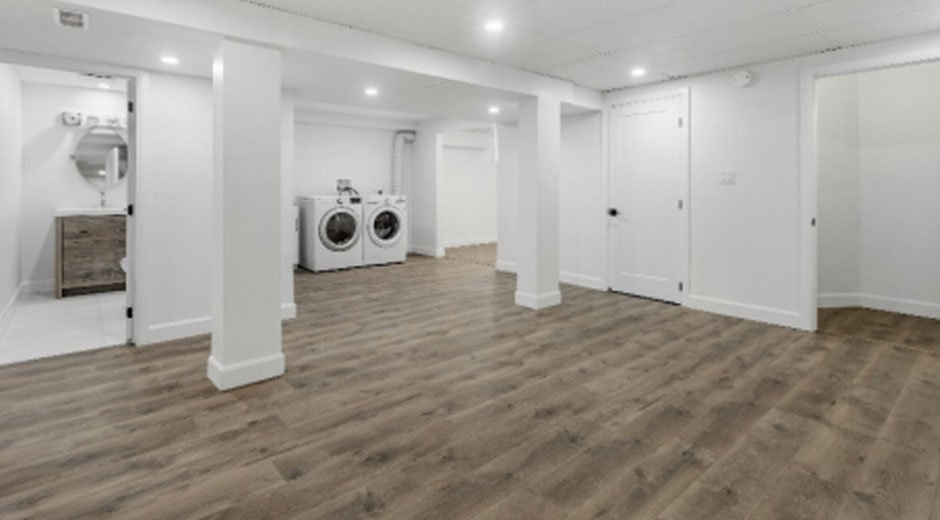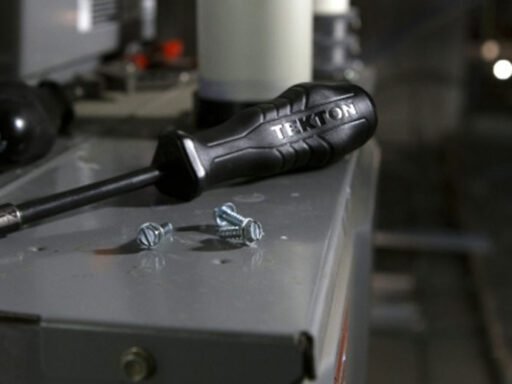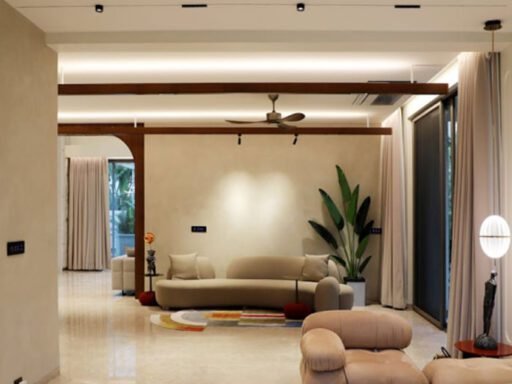Every home has its own unique personality, with creaks in the floorboards, quirks in the wiring, and the comfort of familiarity in its spaces. But along with those traits often come silent energy drains, scattered across the house from top to bottom.
Many homeowners remain unaware of how these concealed areas contribute to rising monthly bills, even when major appliances are running efficiently. Identifying these problem zones not only improves energy use but also adds a layer of sustainability to daily living. By carefully examining the less obvious sections of a home, it becomes possible to uncover where energy quietly slips away and take strategic steps to reclaim it.
Rethinking Climate Control and Airflow
One of the largest, yet often overlooked, energy drains is the system responsible for maintaining indoor comfort. Air conditioning and heating units frequently consume significant energy, but the true inefficiencies often lie in the way cooled or heated air moves throughout the house.
Aging ducts, poorly sealed connections, or even unbalanced systems can force units to work much harder than they should. In homes where ductwork snakes through uninsulated attics or basements, as much as a quarter of treated air can escape before it ever reaches its destination.
This is where smarter solutions enter the picture. For households seeking both flexibility and efficiency, it is possible to save on utilities with a ductless AC, which eliminates the losses that traditional systems face. Beyond direct cost savings, this approach also provides zoned control, ensuring energy isn’t wasted on empty rooms.
Paying closer attention to how conditioned air moves—or escapes—can transform a house from an energy drain into a model of efficiency.
The Attic’s Silent Leaks
High above daily living spaces, the attic often operates as a hidden culprit in energy waste. Poor insulation is the most obvious problem, with warm or cool air seeping through thin barriers that fail to regulate the exchange between indoor comfort and outdoor conditions. But insulation isn’t the only issue. Gaps around vents, recessed lights, and chimneys create small but significant air passages that allow treated air to escape.
In older homes, especially, attics often double as storage areas where access doors or pull-down ladders remain drafty and unsealed. Even small cracks here allow conditioned air to leak upward, while pulling unconditioned air downward into living spaces. Comprehensive sealing of these openings, coupled with the addition of proper insulation materials, ensures that energy used for comfort remains where it belongs.
Basement Inefficiencies and Hidden Moisture
The basement, often relegated to storage or laundry, is another common site of wasted energy. Concrete walls and floors are notorious for conducting heat and cold, effectively sapping energy from living spaces above. Uninsulated basements can act like sponges, drawing warmth during winter and retaining coolness in summer, creating a constant battle for balance in the rooms above.
Moisture compounds the problem. Dampness often creeps in through porous walls, raising humidity levels. When indoor air becomes damp, climate control systems strain to maintain stable temperatures.
Windows and Doors: The Subtle Drafts
Even in well-maintained homes, windows and doors are frequent culprits of energy loss. Glass panes transfer heat easily, especially in single-pane setups without thermal breaks. Drafts slip in around poorly sealed frames, sometimes so subtly that occupants barely notice them. Weatherstripping, caulking, and upgraded glazing options help close these gaps, reducing the burden on heating and cooling units.
Sliding doors, though convenient, often warp or misalign over time, creating larger leaks than traditional hinged options.
Appliances That Work Overtime
Household appliances, while indispensable, can be energy drainers if not monitored closely. Refrigerators positioned near heat sources or lacking proper ventilation consume more electricity than necessary. Similarly, older washing machines and dryers without energy-saving features use far more water and power than modern units.
Phantom energy use is another overlooked contributor. Devices like televisions, gaming consoles, and chargers continue to draw power even when switched off. Strategically using power strips or smart plugs that cut off electricity when devices are idle prevents this constant trickle of energy waste.
Water Heating and Pipe Inefficiencies
Few homeowners stop to consider the energy costs associated with water heating systems. Traditional tank-based heaters often cycle continuously, keeping water hot even when no one is using it. This creates an ongoing drain on energy resources. Upgrading to on-demand systems or insulating tanks and pipes can significantly reduce losses.
Pipes themselves also play a role. Hot water lines that run through uninsulated crawl spaces or exterior walls quickly lose heat, forcing systems to work harder to maintain desired temperatures.
Lighting Choices and Overuse
Though lighting may seem like a minor contributor compared to larger systems, its impact is not insignificant. Older incandescent bulbs consume far more electricity than modern LED alternatives, and when left on unnecessarily, they quietly add to energy bills. Motion sensors, dimmer switches, and mindful usage practices make a measurable difference.
Furthermore, fixtures themselves sometimes harbor inefficiencies. Recessed lighting in poorly insulated ceilings can create pathways for air leakage, doubling as both an illumination source and an energy escape route.
The Overlooked Crawl Spaces
Crawl spaces, often ignored except during repairs, harbor conditions that sap household energy. Poorly insulated floors above crawl areas allow heat to escape in winter and admit unwanted warmth in summer. Ventilation issues also lead to dampness, contributing to higher humidity levels inside the home.
Properly sealing crawl spaces, insulating floorboards, and addressing moisture through vapor barriers not only enhances energy efficiency but also improves indoor air quality.
Roof and Exterior Considerations
The roof plays an essential role in household energy management. Damaged shingles, inadequate underlayment, or poor ventilation in roof systems can lead to heat buildup during warmer months or heat loss during colder periods. Reflective roofing materials or coatings reduce solar absorption, lessening the strain on cooling systems.
Walls, too, require attention. Insufficient siding or worn-out exterior finishes diminish thermal resistance, particularly when insulation within wall cavities has settled or degraded. A well-maintained exterior not only protects from the elements but also reduces the overall energy demand of the home.
Energy efficiency isn’t simply about upgrading major appliances or installing new systems. The real savings often lie in identifying and addressing hidden areas where energy quietly disappears. From attics with leaky insulation to basements that pull warmth from upper floors, the less visible parts of a house play a crucial role in overall consumption.






